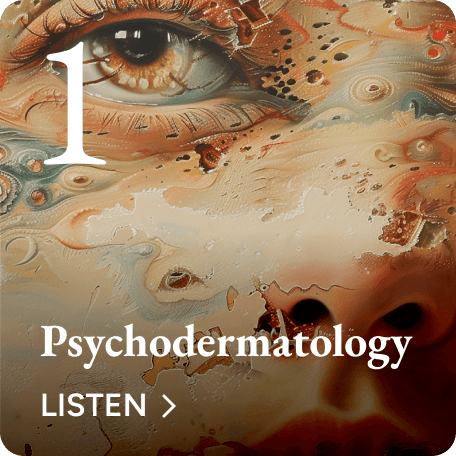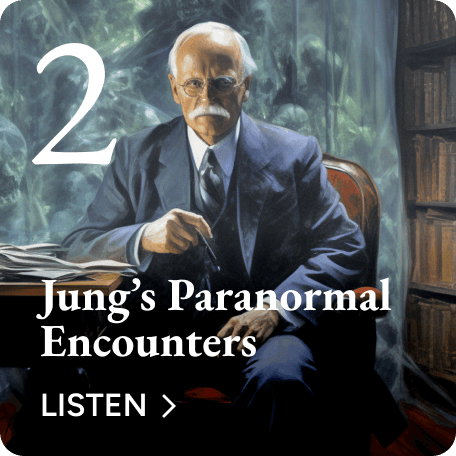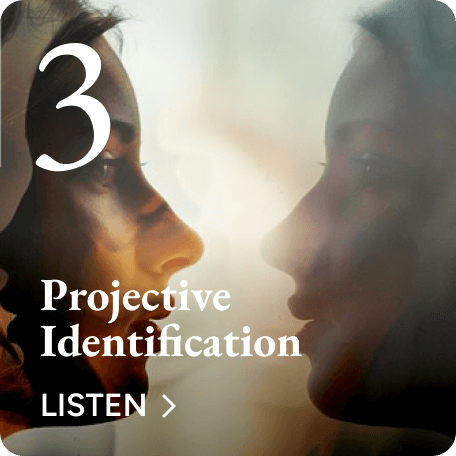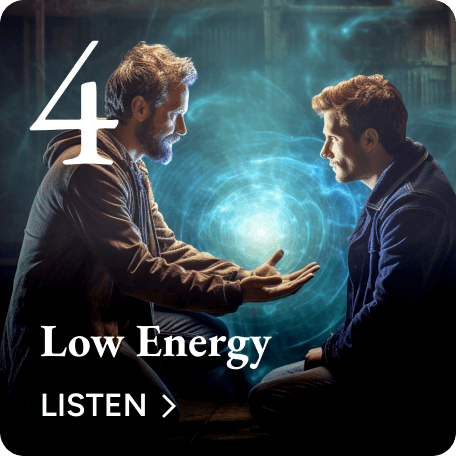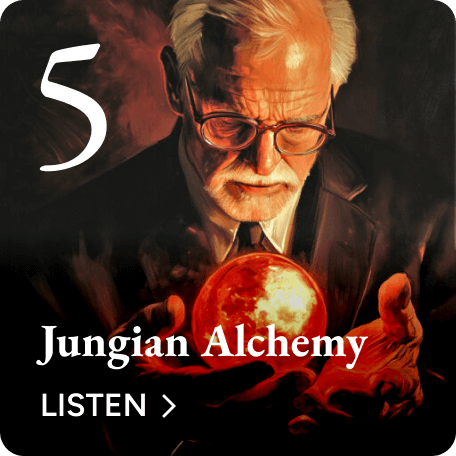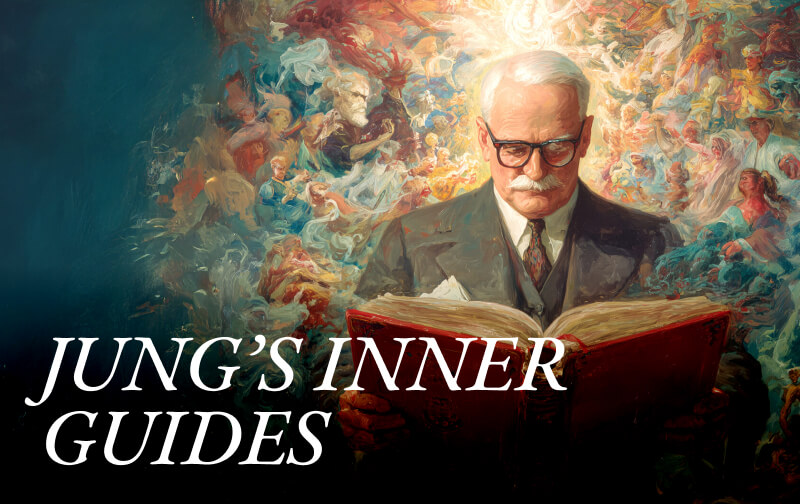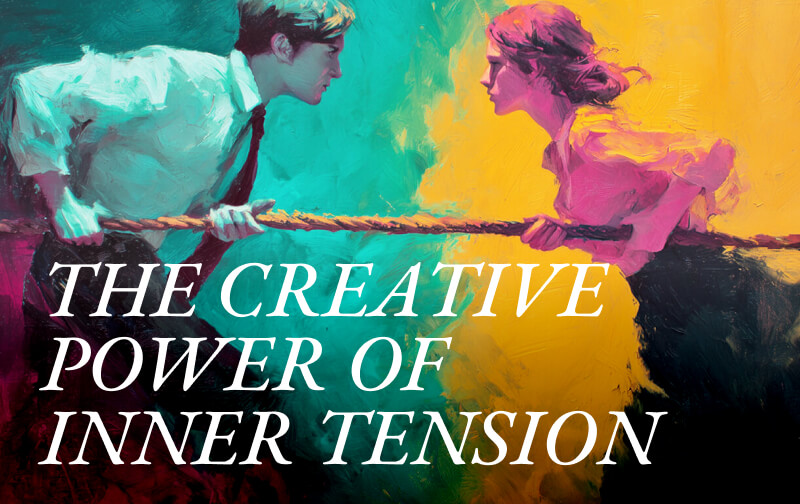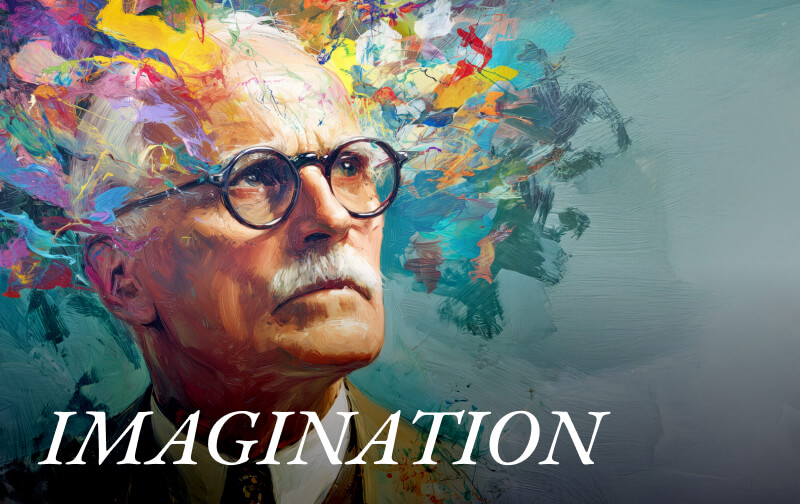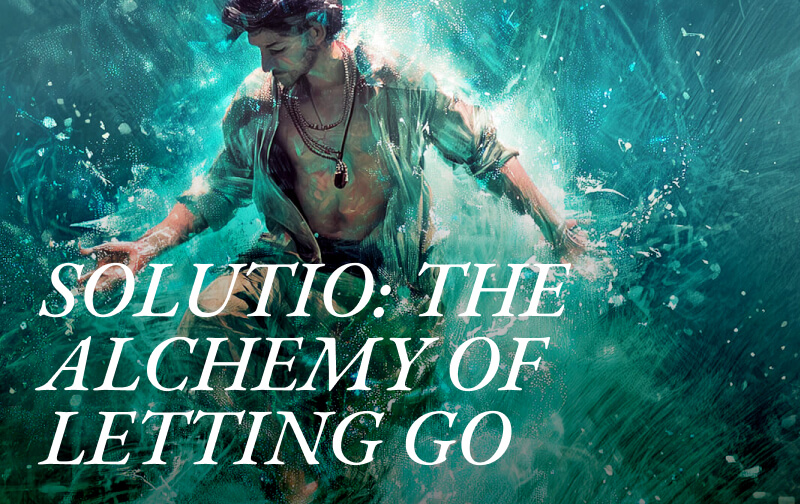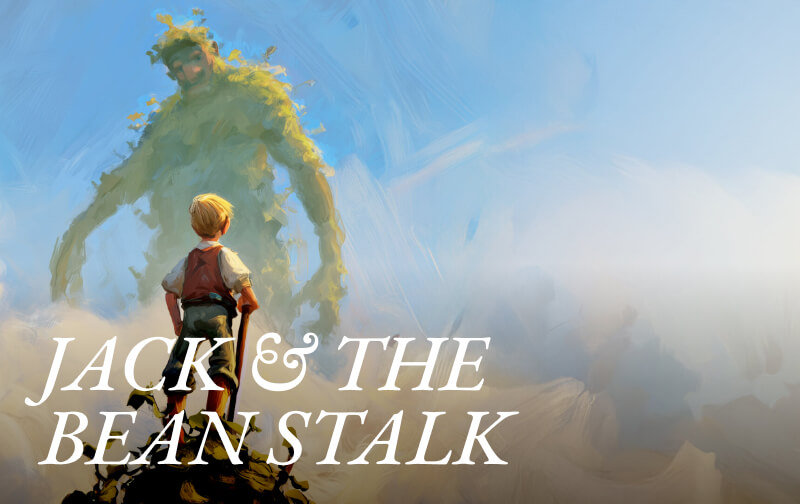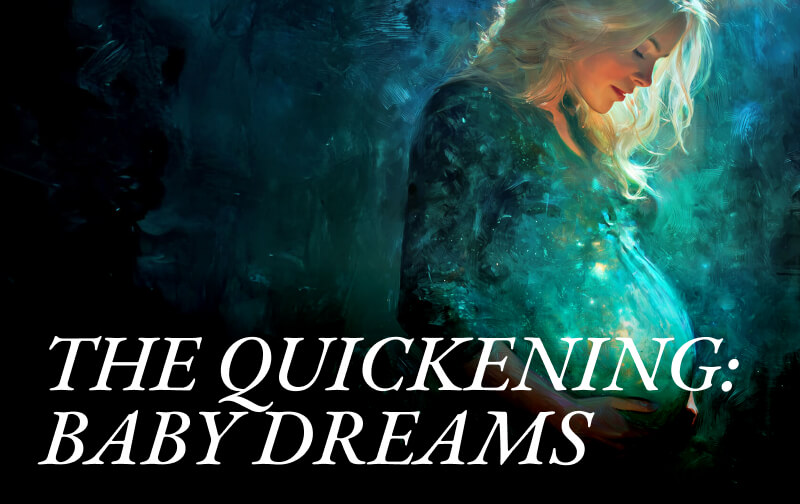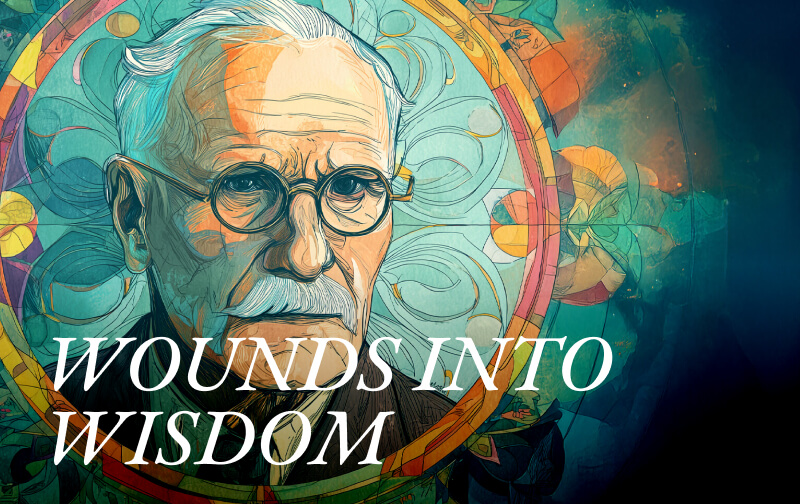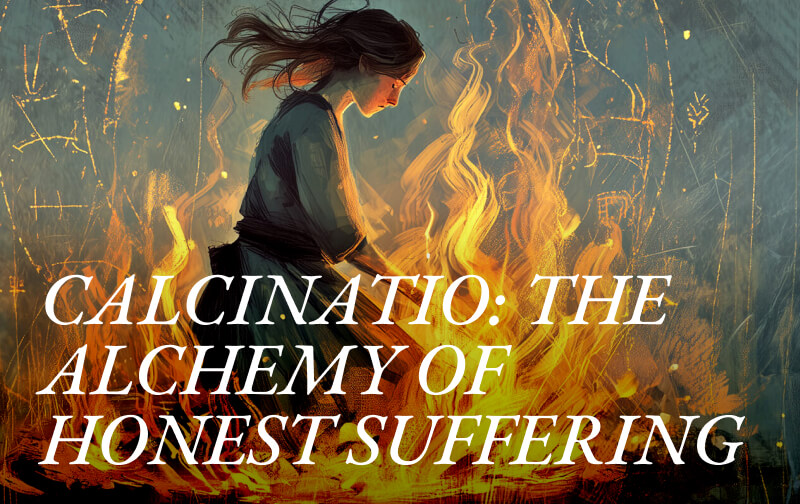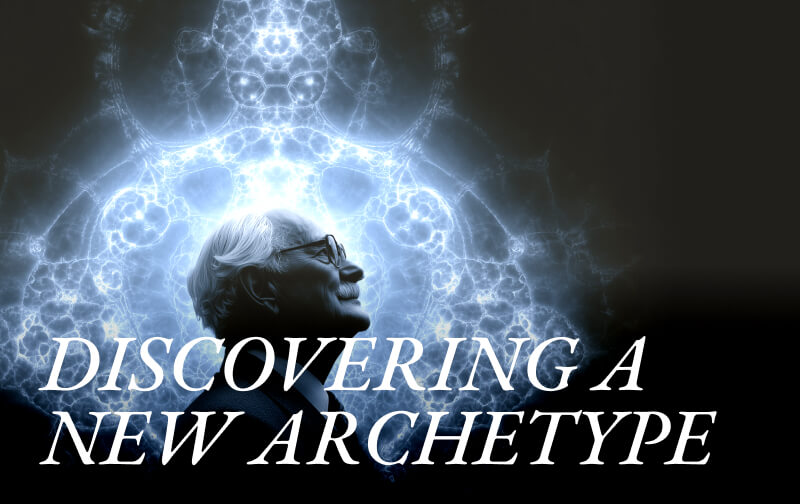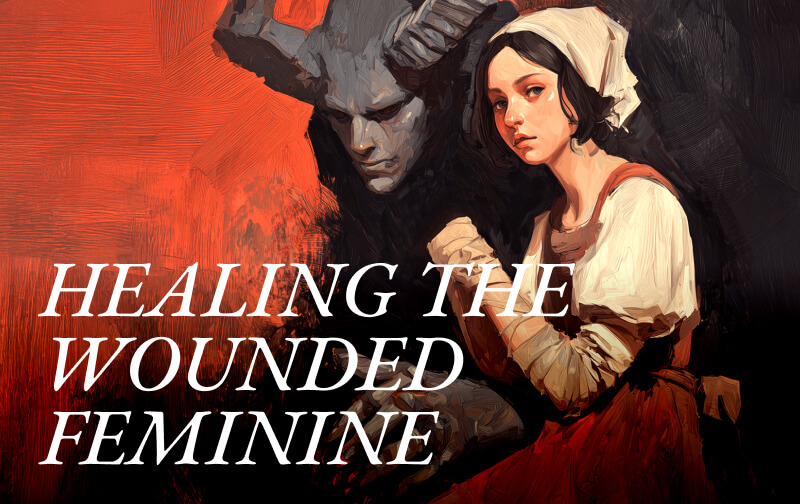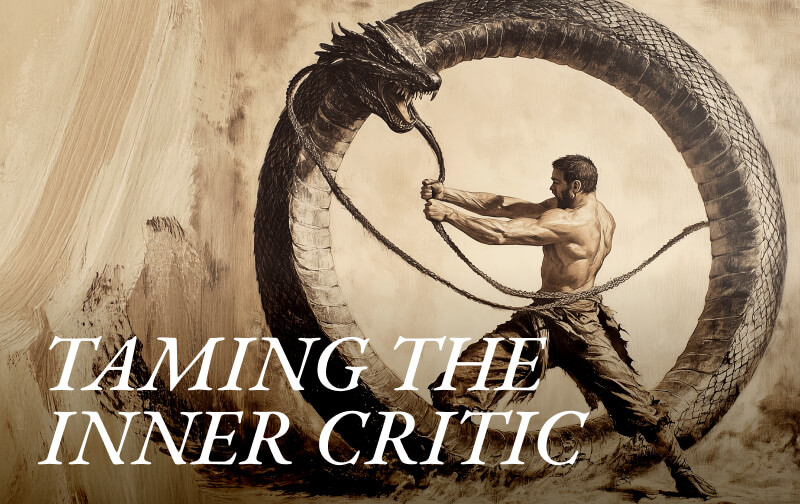Over 25 Million Downloads
Our Podcast
Eavesdrop on Lisa, Deb, and Joseph as they engage in lively, sometimes irreverent conversations about a wide range of topics and dream analysis through the lens of depth psychology provided by Carl Jung.
Over 25 Million Downloads
Our Podcast
Jung’s Inner Guides: The Secret of The Red Book
Jung’s Red Book is the primary research record of his systematic experiments in active imagination after the break with Freud, combining calligraphic German text and paintings that document dialogues with autonomous imaginal figures—especially Philemon and Salome—which became source material for core constructs: Psyche’s autonomy, the collective unconscious, the transcendent function, and individuation as disciplined task. It warrants close reading to examine the evidentiary basis of Jung’s later theory, to observe the operational steps of active imagination in situ, and to track the midlife reorientation from ego assertion to symbolic practice.
The Creative Power of Inner Tension
Holding the tension of the opposites is a deliberate practice of keeping a true inner conflict steadily in awareness until Psyche offers a new form that includes what each side demands. Jung names the inner mechanism that enables this shift the transcendent function, which arises from the union of conscious and unconscious contents. This definition sets a clear frame: consciousness brings its viewpoint, the unconscious contributes what consciousness misses, and their meeting yields movement. The practice concerns real, affect-laden standpoints rather than abstract word games. The personality carries the conflict long enough for something fresh to take shape from the pressure itself. That something arrives as a symbol and not as a compromise, which matters for growth.
IMAGINATION: Jung’s Path to Creativity and Inner Freedom
VIDEO AUDIO Imagination has always...
SOLUTIO: The Alchemy of Letting Go
Solutio is Psyche’s method to facilitate transformation: our rigid ego is softened in symbolic water, allowing outworn attitudes to unbind. We can see this reflected in dreams of oceans and baths, or a wall of our house dissolving. This can show up when we slough off our work persona or a creative depression brought on by retirement. Analysis itself—ana-lysis—a deliberate loosening, can deepen the process by offering a safe container to let go and yield to the process. The work is careful because the waters that purify (baptism or tears) can also drown us (psychosis or crowd contagion). We require a supportive relationship, a daily spiritual practice, or the analytic hour to hold us as our ego reorganizes like a butterfly in a chrysalis. Once our ego solidifies, we notice we’re more permeable to symbols or less defended against feelings. We’re more skilled at breaking problems into their component parts with a determination to resist regressing. The alchemical process was not created; it was noticed as a natural pattern of transformation. It leaves us with more of who we really are, but we couldn’t have claimed until we became soft enough to receive it.
Jack and the Beanstalk: When Magic Calls Us Into Life
Jack and the Beanstalk is a symbolic prescription for psychological growth, teaching us to climb out of darkness, confront the giants within, claim the gifts of our unconscious, and transform our ordinary lives. Put yourself into the story and discover how it can inspire you.
THE QUICKENING: Discovering New Life Within
Dreams about pregnancy and babies symbolize something new taking shape within us, like a creative project, a hidden talent, or a psychological shift that’s quietly developing beneath our awareness. These images express the mysterious tension we sense during periods of growth, change, or potential, drawing our attention inward and challenging our current identity or circumstances. When our symbolic baby finally arrives in the dream, it reveals a hidden part of ourselves that is now ready to enter consciousness, creating both excitement and anxiety about how this new aspect will fit into our lives. Join us to explore how dreams of pregnancy or babies reveal our emergent potential.
Wounds into Wisdom: Jung’s Private Life
Jung’s discoveries are woven into our common understanding. Introvert/extravert, shadow work, typology, persona, and synchronicity pop up in casual conversations all the time. Negotiating with our inner figures, now used by Internal Family Systems, was pioneered by him. Although we have adopted his ideas, few know how they were forged from his personal struggles. Today, we honor Jung’s 150th birthday by sharing stories from his life and how they shaped his groundbreaking insights.
CALCINATIO and the Alchemy of Honest Suffering
The calcinatio stage in Jung’s alchemy is about being put through inner fire—it’s when the ego undergoes a kind of burning away of projections, illusions, and inflated ideas about itself. This stage often brings intense suffering, frustration, and confrontation with parts of yourself you’d rather avoid. It’s about staying awake in the heat long enough to discover the truths behind your defenses. Sometimes it’s like sitting in hell and roasting. This raw, honest suffering is necessary for individuation. It’s not punishment—it’s Psyche’s way of depotentiating false structures so that something new and more truthful can emerge from the ashes.
DISCOVERING A NEW ARCHETYPE: the Buddhabrot Fractal Bridging Math, Myth, and the Collective Unconscious
The Buddhabrot pattern springs from a simple algorithm: you take thousands of starting points, run each one through the same formula over and over, and chart only those whose values grow without limit—these “divergent” paths form the spectral Buddha-like silhouette. Once you recognize the pattern, you see it everywhere. It’s visible in the rosette stained glass windows of Notre-Dame de Paris and Chartres, numerous representations of the buddha, as well as in the Vāstu-Puruṣa-Maṇḍala used as blueprints for Indian temples, and in the ancient chakra symbols that are now so common—proof that numbers are universal symbols tying Psyche to the world. This is a newly identified archetype: an algorithmic icon born of computation that reveals an underlying cosmic unity that C.G. Jung called the Unus Mundus. Dr. Harry J. Shirley joins us and provides an amazing initiation into this uncanny discovery.
The Handless Maiden: A Tale to Heal the Wounded Feminine
Everyone faces a moment when they are tempted to sacrifice their true self to chase wealth, approval, success, or security, but doing so strips away their strength and leaves them hollow. To reclaim their lost agency, a person must embrace the uncertainty and vulnerability they’ve been avoiding. They must stand alone, undefended, and trust the wisdom hidden in their wounds. The Handless Maiden fairytale will help us understand the path back to wholeness.
Taming Your Inner Critic: Turn Self-Attack into Self-Awareness
Our inner critic—that voice constantly tearing us down—can stem from difficult childhood experiences, negative cultural messages, or even powerful archetypal forces deep within us. While healthy self-assessment involves honestly owning our mistakes, feeling genuine regret, and making amends, the harsh inner critic keeps us stuck in cycles of self-hatred and shame. Sometimes, beating ourselves up can actually be a sneaky way to avoid openly engaging a problem or soberly accepting responsibility. The trick is to slow down, get curious, and talk back to that voice—to have an honest inner dialogue rather than just giving in. At its worst, the inner critic can be devastating, pulling us toward despair; that’s precisely when we need the support of others and deeper wisdom—turning toward the Self will help us find a path to peace.
SHARK: Elemental Symbol of our Will to Survive and Ravenous Hunger For Experience
From depths ancient and obscure, the shark emerges, slicing effortlessly through the primal waters of Psyche. It is ancient, older than trees, a remnant from eons before humans carried consciousness. With sleek lines and unwavering purpose, it embodies life’s earliest impulse: to hunt, to feed, to survive. No morality softens its edges; no sentiment clouds its gaze. In encountering the shark, you encounter life stripped bare: existence distilled into a single, relentless will to continue, no matter the cost.
